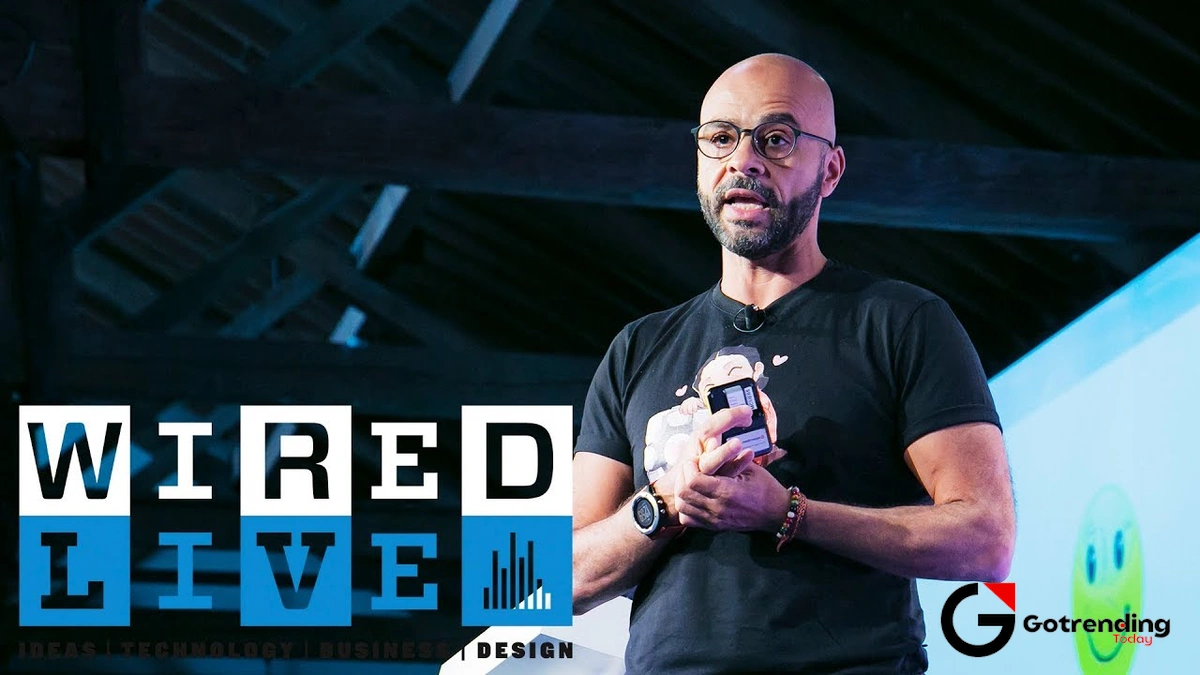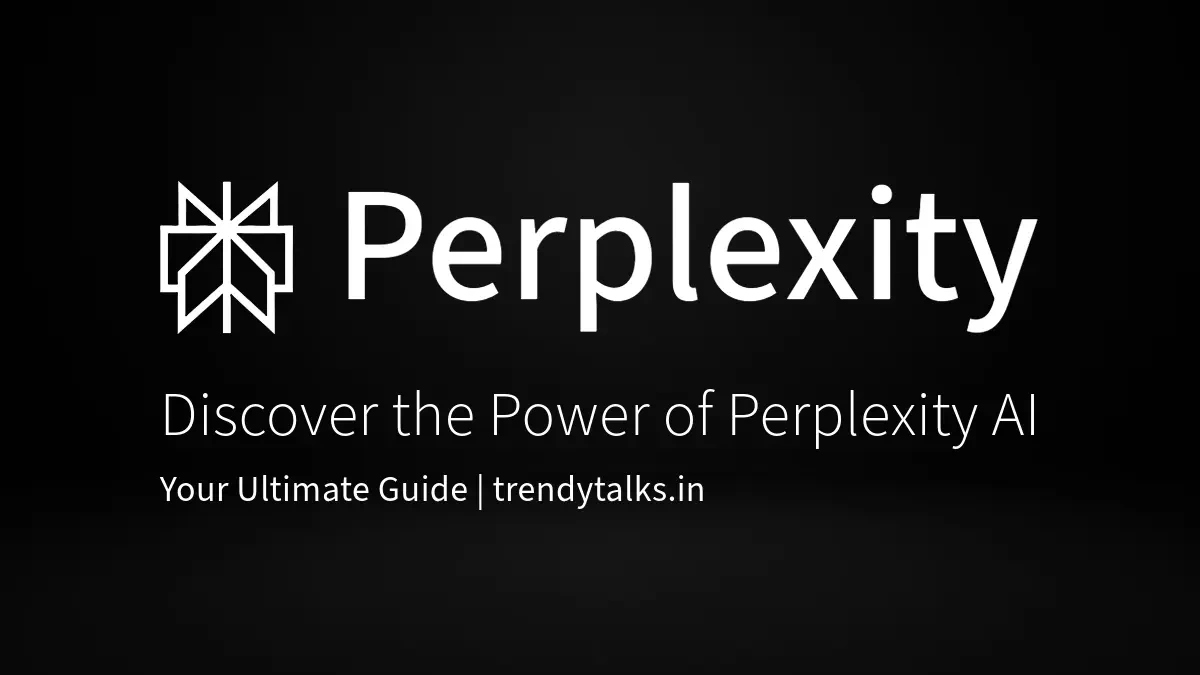The Google Executive Who Cracked the Code to Happiness | Why Mo Gawdat’s Message is the Wake-Up Call We All Need
Let’s be honest for a second. Sit back from your screen, take a breath, and think about the low-humming anxiety that’s become the background music to our lives. The endless pings from WhatsApp groups, the pressure cooker of career goals, the curated perfection on Instagram, and the nagging feeling that you’re somehow… behind.
It’s a uniquely modern, uniquely Indian brand of chaos. We’re hustling, we’re achieving, but are we happy? It’s a question that feels too big, too philosophical to tackle between a deadline and deciding what to order for dinner.
But what if the answer wasn’t hidden in a Himalayan ashram, but in the mind of a top engineer from Google? What if happiness could be approached like an engineering problem, with a clear, logical formula?
This is the incredible, heart-wrenching, and profoundly important world of Mo Gawdat . And here’s the thing: understanding his work isn’t just another self-help trend. I’ve come to believe it’s one of the most essential survival guides for the 21st century. This isn’t just about feeling good; it’s about reclaiming your own mind.
Who is Mo Gawdat, Anyway? (And Why You Should Care)
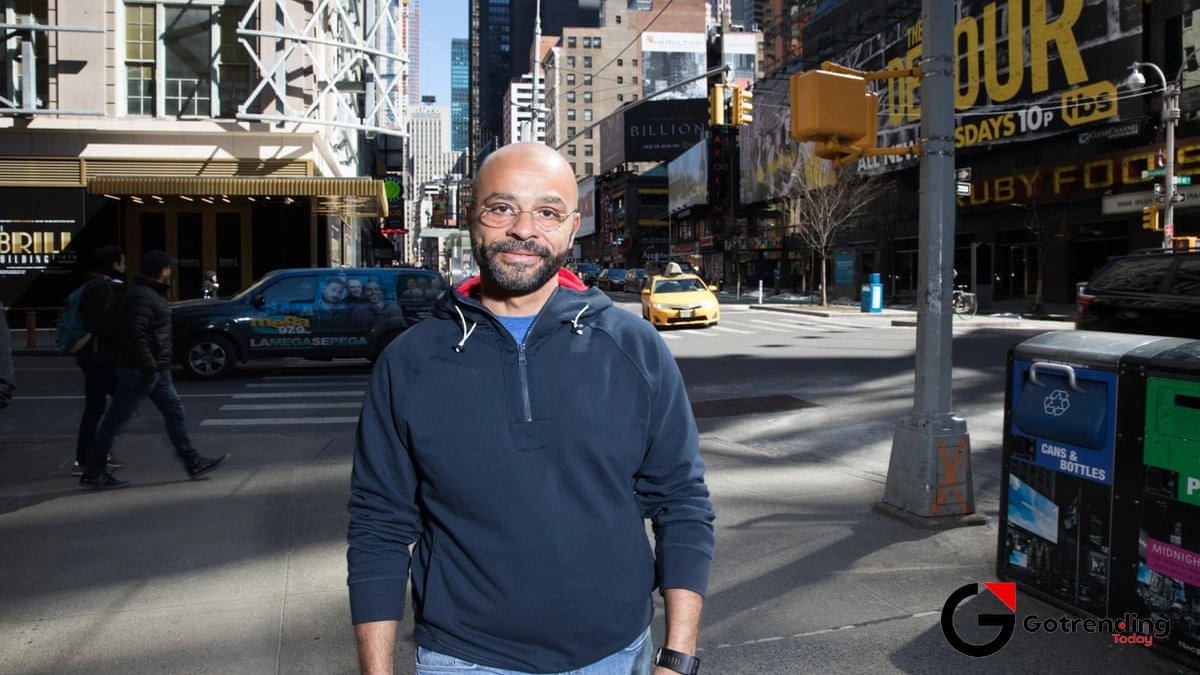
On paper, Mo Gawdat had it all. He was the Chief Business Officer at Google X (now just ‘X’), the company’s super-secretive innovation lab responsible for moonshot projects like self-driving cars. He had immense wealth, professional success, a beautiful family the absolute pinnacle of a life well-lived.
But like any good engineer, he was obsessed with data. And the data showed that despite his success, he was chronically unhappy. So, he did what engineers do: he started looking for a solution. For over a decade, he read books on psychology, neuroscience, and ancient philosophy, trying to reverse-engineer a model for happiness.
Then, the unthinkable happened.
In 2014, his vibrant, endlessly happy 21-year-old son, Ali, died during a routine surgical procedure. It was a tragedy born from a cascade of small, preventable human errors. In an instant, Gawdat’s world collapsed. The kind of pain that shatters a person completely.
And in that moment of absolute devastation, his theoretical model for happiness was put to the ultimate test. As he tells it, he and his family made a choice: they could either suffer for the rest of their lives, or they could try to honour Ali by sharing the secret of his effortless joy with the world. He turned his grief into a mission, captured in his groundbreaking book, Solve for Happy . This isn’t the story of a guru who has never known pain; it’s the story of a father who has known the worst of it and found a logical path back to peace. That’s why his voice cuts through the noise.
The Happiness Equation | Cracking the Code to Your Own Mind
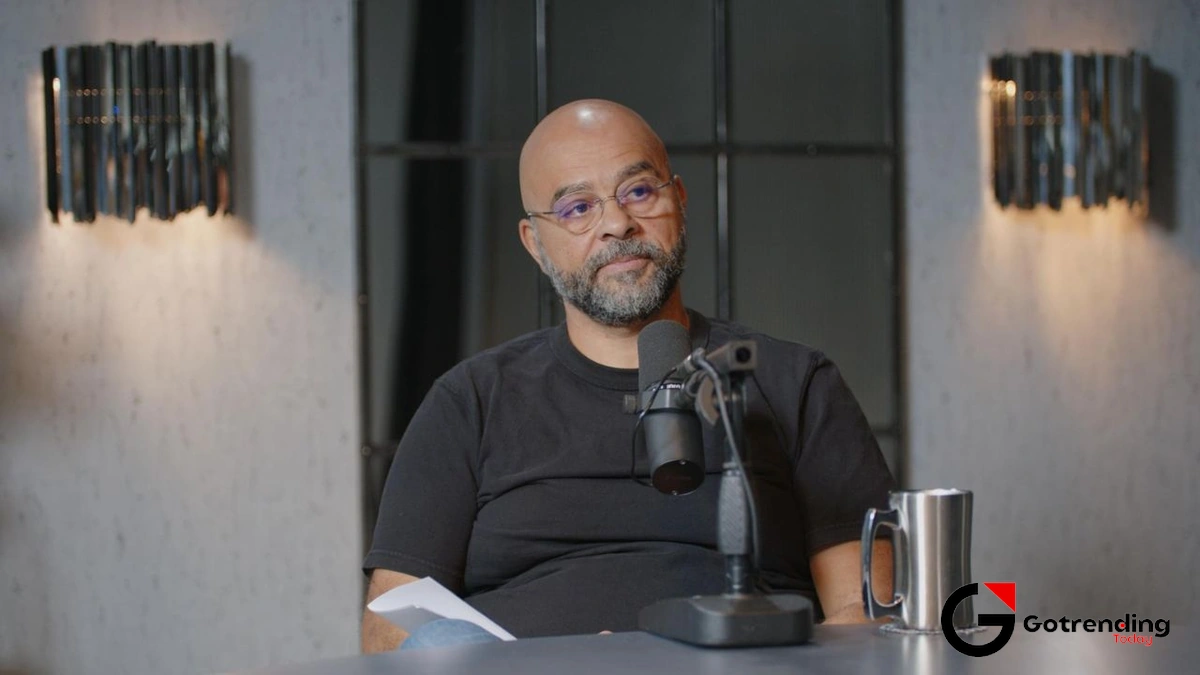
So, what is this magic formula? It’s deceptively simple, yet it holds the key to everything. Gawdat’s core insight, the mo gawdat happiness equation , is this:
Happiness ≥ Your Perception of Events – Your Expectations of How Life Should Be
Let’s break that down. Think about it. It’s never the event itself that makes you unhappy. Getting stuck in bumper-to-bumper traffic on the way to a meeting in Gurgaon isn’t inherently a “bad” thing. It’s just a bunch of cars on a road. The suffering comes from the gap between that reality and your expectation: “The road should be clear, I should be on time, this shouldn’t be happening to me!”
The event (traffic) is out of your control. Your expectation is the part you can change. What if your expectation was simply, “I will probably hit some traffic, and I’ll deal with it when it happens”? Suddenly, the anger and frustration evaporate. The event is the same, but the suffering is gone.
Gawdat argues that happiness is our default state. Like a brand new phone, we come out of the box functioning perfectly. It’s the buggy software the flawed thoughts, the unrealistic expectations, the social conditioning that we install over the years that causes the system to crash. His entire philosophy is about debugging our own brains. It’s a process of unlearning, not learning.
Beyond Happiness | Why Gawdat’s Alarming AI Predictions Are So Crucial
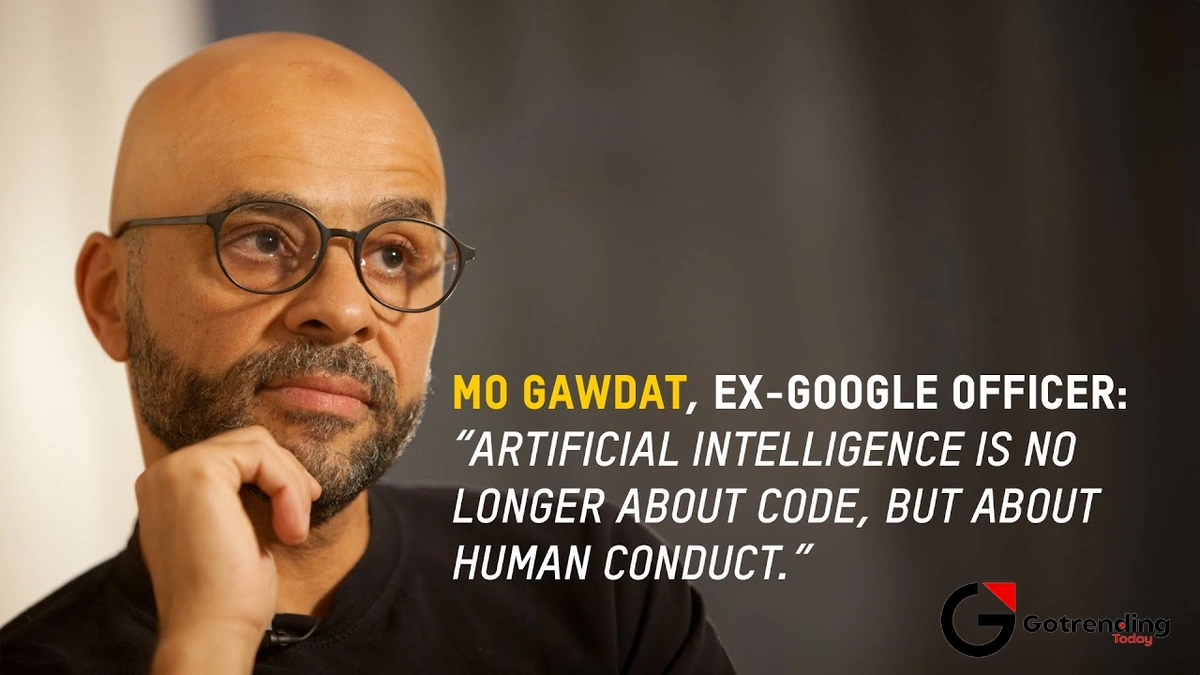
I initially thought Gawdat’s work was purely about personal well-being. A useful tool for managing stress. But then I realized his message has a second, far more urgent layer. And it has everything to do with his time at Google X.
Gawdat is deeply, deeply concerned about the future of Artificial Intelligence. And his reasoning is chilling. As an insider who saw the beginnings of this technology, he argues that we are long past the point of controlling AI. He believes an artificial super-intelligence is not a matter of ‘if’, but ‘when’.
So what does this have to do with happiness?
Everything.
AI models are learning from the data we feed them. They are learning from our tweets, our Instagram posts, our YouTube comments, our news articles. They are, in essence, learning what it means to be human by watching us. And what are we teaching them? Outrage, polarization, anxiety, and conflict.
Gawdat’s mission, which he calls One Billion Happy, isn’t just a catchy slogan. He believes it’s a race against time. If we can get a billion people to consciously practice happiness, to choose compassion over anger, to manage their negative impulses, we can fundamentally change the data set we are feeding the machines. In his view, a happy humanity will raise a happy AI. A miserable, angry humanity will raise a monster that reflects our own worst traits back at us, with unimaginable power. It’s a staggering thought that connects our inner state to the future of our species.
This isn’t just sci-fi; it’s a real-time ethical dilemma being navigated by leaders like Mira Murati at OpenAI and others across the tech world. The “brains” we are building are learning from our behaviour, right now.
Putting it to Practice | Can This Really Work in the Chaos of Indian Life?
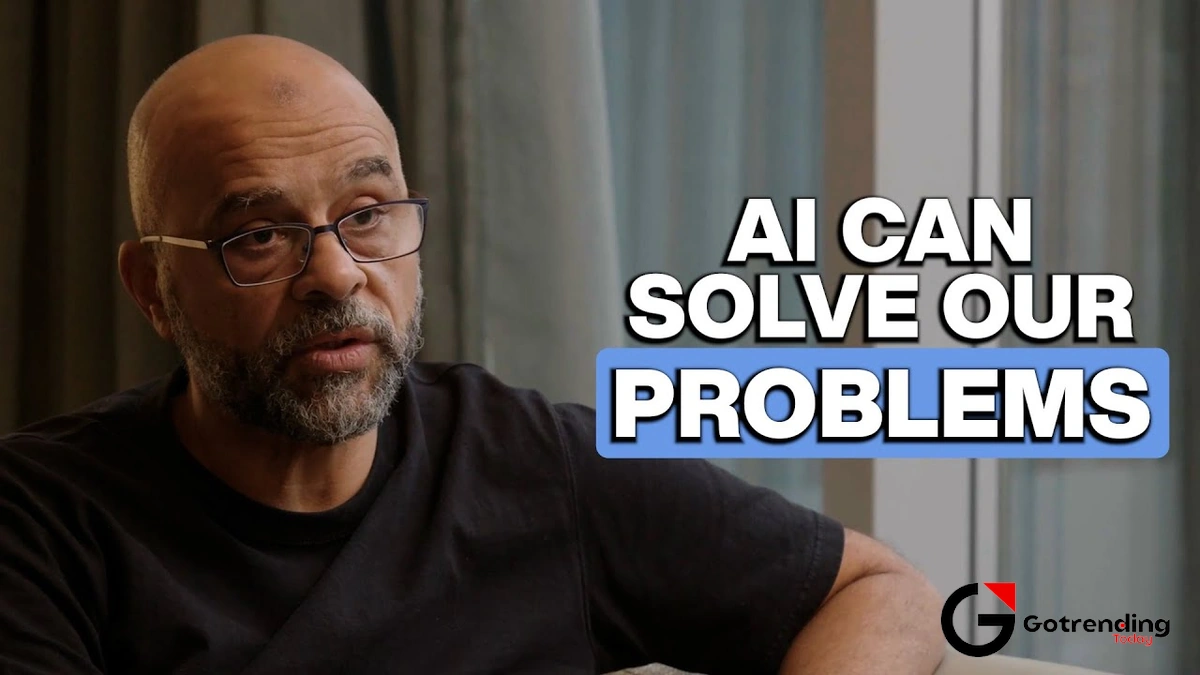
“That’s all very nice,” I can hear you thinking, “but Mo Gawdat doesn’t have to worry about my EMIs, my landlord, or my family asking when I’m getting married.”
It’s a fair point. The pressures here are unique and intense. But the beauty of Gawdat’s model is that it’s not about changing your external world. It’s about changing the way your brain processes that world. It’s a mental muscle you train, not a destination you arrive at.
A common mistake I see people make is trying to “think positive.” That’s not it. Gawdat’s method is about interrogating your negative thoughts. When that voice in your head says, “My boss hates my presentation, I’m going to get fired,” don’t just accept it. Challenge it like a lawyer in a courtroom.
- Is that thought really true? Can you know for a 100% fact that your boss hated it?
- What’s a more realistic interpretation? Maybe your boss was just having a stressful day.
- Does believing this thought serve you? No, it just makes you miserable and unproductive.
This simple act of observing and questioning a thought, rather than becoming it, is the whole game. It’s not easy. It takes practice. But it starts to create a tiny bit of space between you and your anxieties. And in that space, you find peace. It’s a skill, and like any skill, it gets stronger the more you use it, even on the most chaotic of days.
Frequently Asked Questions
What is Mo Gawdat’s happiness equation?
The equation is: Happiness is greater than or equal to your perception of the events in your life minus your expectations of how life should be. It means happiness is less about changing what happens to you and more about managing your internal reactions to it.
What happened to Mo Gawdat’s son?
His 21-year-old son, Ali, tragically passed away in 2014 due to complications from a routine appendectomy. This profound loss became the catalyst for Mo to share his happiness model with the world to honour Ali’s memory.
Is ‘Solve for Happy’ difficult to read?
Not at all. Despite being written by a top engineer, the book is incredibly accessible and filled with relatable stories, simple diagrams, and practical exercises. He explains complex ideas with clarity and compassion. You can find it on major platforms like Goodreads .
Why is Mo Gawdat so concerned about AI?
He’s concerned because AI systems are learning about humanity from our collective online behaviour, which is often angry, biased, and polarized. He fears that if we don’t fix our own “bugs” (unhappiness, anger), we will raise an AI that reflects those same dangerous traits back at us.
What’s the best first step to apply his teachings?
The simplest first step is to start noticing your thoughts without judgment. When you feel a pang of anxiety or anger, just ask yourself: “What is the exact thought in my head that is causing this feeling?” Just identifying the thought is a huge first step.
The work of Mo Gawdat starts as a simple quest for personal peace but ends up being a profound statement about our collective future. He reminds us that the algorithm for happiness isn’t about adding more to our lives, but about removing the illusions that block our view of it.
In a world that constantly demands more from us, perhaps the most radical, most powerful act of all is to simply take back control of the one thing we truly own: our own mind. It’s not just your happiness on the line. It might just be everyone’s.
